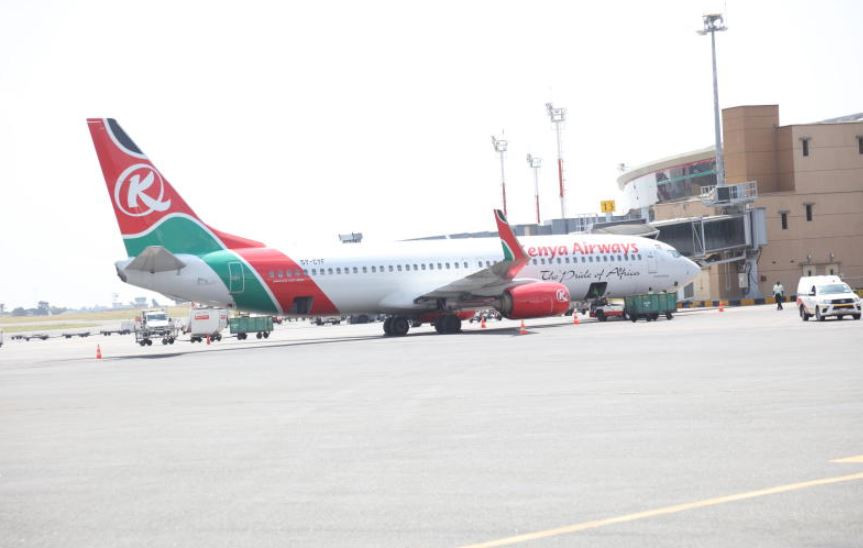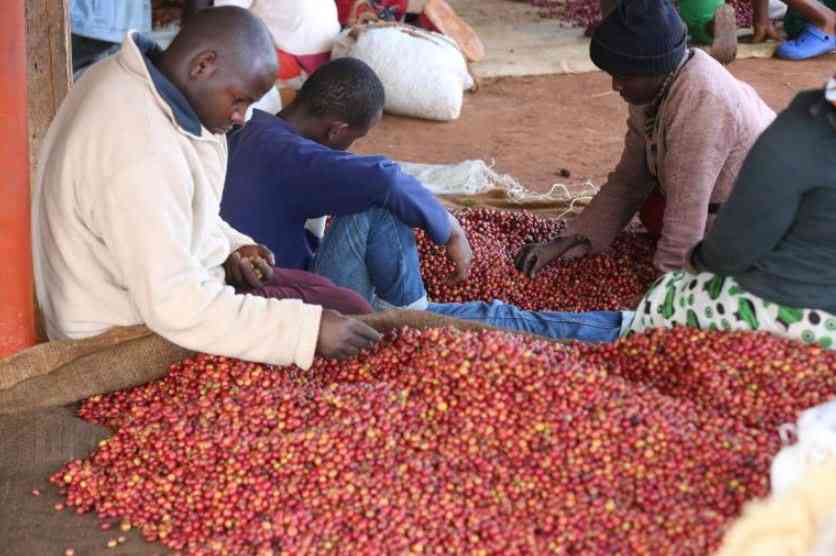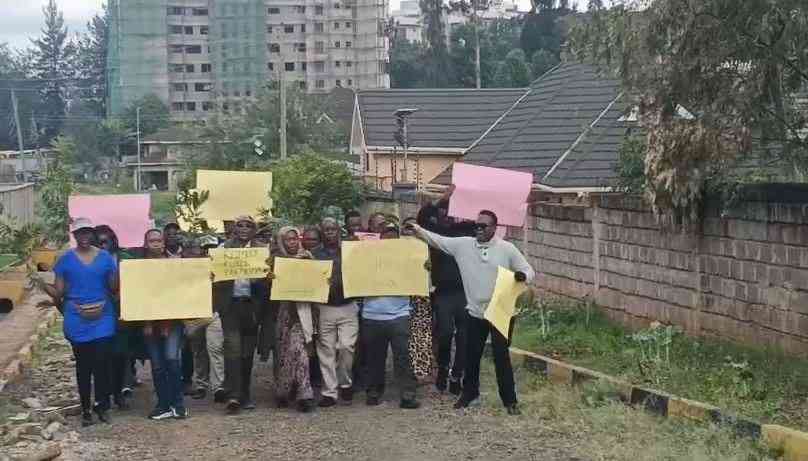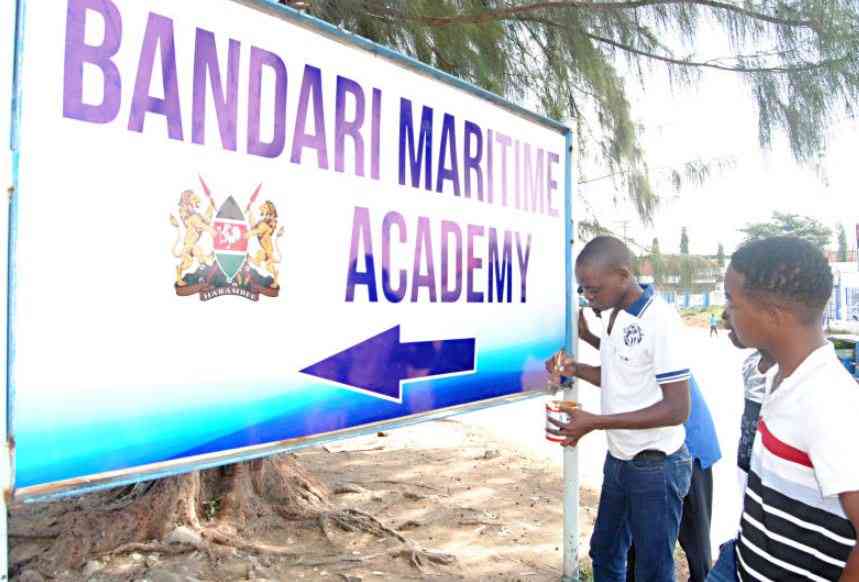×
The Standard e-Paper
Join Thousands of Readers

NAIROBI, KENYA: The outgoing Cabinet Secretary for Environment and Natural Resources, Judi Wakhungu, has gazetted Lake Ol Bolossat in Nyandarua County as a Wetlands Protected Area.
This a culmination of several years of advocacy by environment groups such as the East African Wild Life Society (EAWLS), which campaigned for the protection of the lake.







